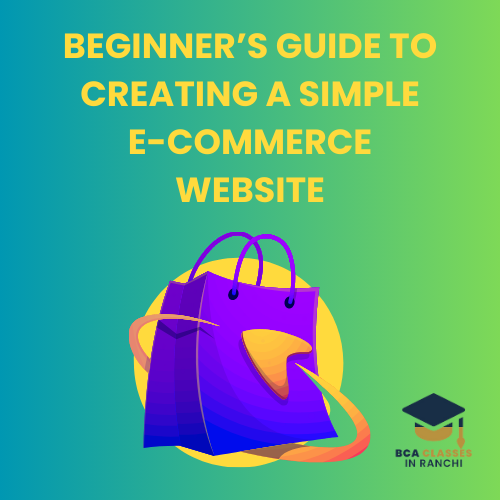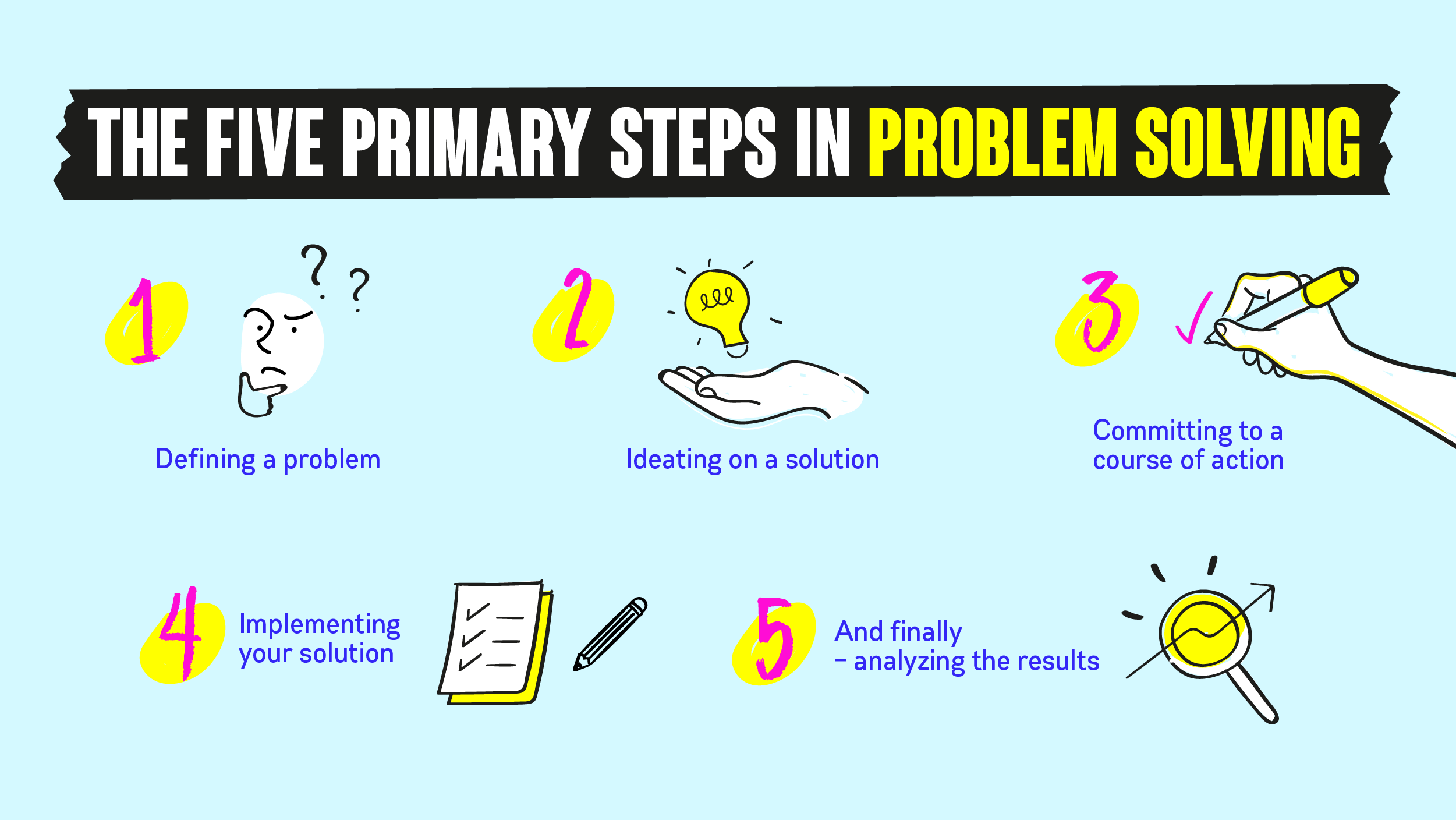Introduction
Creating an e-commerce website might sound challenging, but with the right tools and approach, it can be easier than you think. Whether you want to sell products, services, or digital items, a simple e-commerce site is a great way to start your online business. In this guide, we’ll walk you through the steps to build your very own e-commerce website, even if you have little or no experience in web development.
Building a Simple E-Commerce Website: A Beginner’s Guide
Creating an e-commerce website might sound challenging, but with the right tools and approach, it can be easier than you think. Whether you want to sell products, services, or digital items, a simple e-commerce site is a great way to start your online business. In this guide, we’ll walk you through the steps to build your very own e-commerce website, even if you have little or no experience in web development.
1. Choose a Platform for Your E-Commerce Website
The first step is to decide on a platform to build your website. There are many options available, and choosing the right one is crucial for a smooth experience.
- Popular Platforms: Some of the best platforms for beginners are Shopify, WooCommerce, Wix, and Squarespace. These platforms are user-friendly and provide everything you need to get started.
- Why It’s Important: The platform you choose will affect how easily you can manage your website, add products, and handle payments. Most beginner-friendly platforms offer templates and easy drag-and-drop features.
2. Get a Domain Name
A domain name is your website’s address on the internet. For example, www.yourstore.com is a domain name. It’s essential to choose a unique and memorable domain that reflects your business.
- Tips for Choosing a Domain:
- Keep it short and easy to remember.
- Use keywords that relate to your business or products.
- Avoid using numbers or hyphens, as they can be confusing.
- Why It’s Important: A custom domain name makes your site look professional and helps customers remember your brand.
3. Select a Hosting Service
Once you have a platform and a domain name, you’ll need to select a hosting service. Hosting is where your website’s files are stored and made accessible on the internet.
- Popular Hosting Options: If you’re using platforms like Shopify or Wix, hosting is already included. However, if you’re using WordPress with WooCommerce, you’ll need to choose a hosting provider like Bluehost or SiteGround.
- Why It’s Important: Reliable hosting ensures your website runs smoothly and is always accessible to customers.
4. Design Your Website
Now it’s time to design your e-commerce website. The design is important because it helps create a positive first impression and makes it easy for visitors to find what they need.
- Use Templates: Most platforms offer pre-designed templates that are easy to customize. Choose a template that fits your brand and product type.
- Make It User-Friendly: Focus on simple navigation, clear categories, and a clean layout. Visitors should be able to easily browse through your products, read descriptions, and make purchases.
- Why It’s Important: A well-designed website increases user satisfaction, encouraging customers to browse and buy more.
5. Add Your Products
Now, it’s time to add your products to the website. Each product should have a detailed description, high-quality images, and the right price.
- Product Descriptions: Write clear, concise descriptions. Include details like size, color, material, and any other features that customers might need to know.
- Product Images: Upload high-resolution images of your products from different angles. Great images make a huge difference in convincing customers to buy.
- Why It’s Important: Well-presented products help build trust and encourage purchases.

6. Set Up Payment Methods
Your e-commerce website must offer an easy and secure way for customers to pay for their orders. Popular payment methods include PayPal, Stripe, and credit card payments.
- Payment Gateways: Choose a payment gateway that integrates easily with your platform. Most e-commerce platforms have built-in support for popular gateways.
- Why It’s Important: Providing multiple payment options increases your chances of converting visitors into buyers. Make sure the process is secure and easy for customers.
7. Configure Shipping and Taxes
For an e-commerce store, shipping and taxes are essential to set up. You need to define shipping methods, rates, and taxes based on the regions you plan to serve.
- Shipping Options: Offer various shipping methods, such as standard, express, or free shipping. You can also integrate with services like USPS, FedEx, or UPS to automate shipping calculations.
- Tax Settings: Set up taxes based on where your business is located and where you plan to ship your products. Make sure you comply with local tax laws.
- Why It’s Important: Clear shipping and tax information helps customers know the total cost of their purchase, improving their shopping experience.
8. Set Up Security Features
Security is a top priority when building an e-commerce website. You need to protect both your customers’ data and your business information.
- SSL Certificate: Secure your website with an SSL certificate. This ensures that all data transmitted between your website and customers is encrypted.
- Why It’s Important: SSL certificates build trust with your customers, making them feel safe when entering their payment details on your website.
9. Test Your Website
Before launching your e-commerce website, it’s crucial to test it thoroughly. Check that everything works as expected, from product pages to checkout to payment processing.
- What to Test:
- Ensure all links are working.
- Test the checkout process with test payments.
- Check for mobile responsiveness (your site should look good on smartphones and tablets).
- Why It’s Important: Testing helps you catch any issues before your customers do. A smooth, error-free website ensures a positive user experience.
10. Launch and Market Your Website
Once your website is ready, it’s time to launch. But simply having a website isn’t enough. You need to market your store to attract customers.
- Social Media: Use platforms like Instagram, Facebook, and TikTok to showcase your products and reach potential customers.
- SEO: Optimize your website for search engines by using relevant keywords in your product descriptions, blog posts, and meta tags.
- Email Marketing: Build an email list and send newsletters with promotions, new arrivals, and updates.
- Why It’s Important: Marketing helps drive traffic to your site and increase sales.
Conclusion
Building a simple e-commerce website doesn’t have to be difficult. By following these steps, you can create a user-friendly site to showcase your products, process payments, and manage your online business. Remember, the key to success is providing a great customer experience, from easy navigation to secure checkout. With the right tools and strategy, you’ll be well on your way to launching a successful online store!
Read Our Latest Blog
How to Build a Startup While Pursuing BCA: Valuable Lessons
For More Information and Updates, Connect With Us
Name Abhishek
Phone Number: +91-7488456170
Email ID: abhishek@eepl.me
Our Platforms:
Digilearn Cloud
EEPL Test
Live Emancipation
Follow Us on Social Media:
Instagram – EEPL Classroom
Facebook – EEPL Classroom
Stay connected and keep learning with EEPL Classroom!












